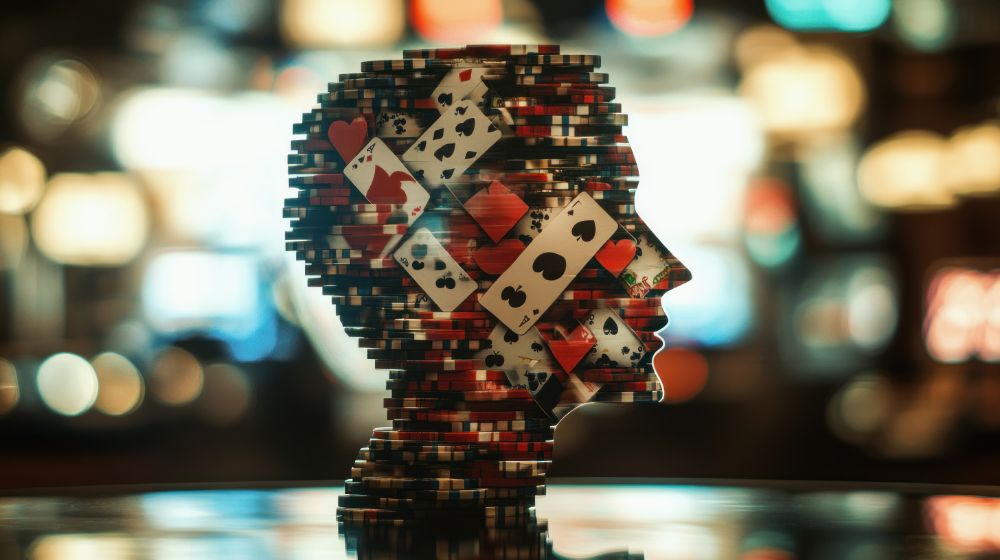Sitting at a casino table, one may notice the difficulty in stepping away from the game. Casinos employ various psychological strategies to keep players engaged and actively gambling. The carefully designed environment, from subtle sounds to captivating lights, plays a significant role in captivating players.
These elements work together to create an immersive experience that can contribute to prolonged gaming sessions. Understanding these tactics sheds light on how casinos aim to prolong player engagement and increase revenue.
Casino Layout
Casinos are strategically designed to optimize the gaming experience for visitors. The layout is carefully planned to encourage prolonged stays and increased spending. Slot machines, gaming tables, and amenities are strategically placed to maximize engagement.
The maze-like layout leads customers through various gaming areas, exposing them to visually stimulating and captivating elements. The absence of windows and clocks helps create a sense of timelessness, immersing individuals in the casino environment. These design tactics aim to keep players engrossed and focused on gaming activities.
It’s important for visitors to be mindful of these deliberate strategies when engaging in casino activities.
This article on The Psychology Of Casino Design And Layout offers everything you need to know.
Sounds and Lights
Casinos employ a deliberate strategy by utilizing a combination of sounds and visuals to engage players. The mix of slot machines, dice, and card game noises aims to generate a sense of excitement and anticipation among players. These audio cues are carefully crafted to maintain player engagement throughout the gaming session.
The bright, dynamic lights that illuminate the casino floor are strategically placed to capture players’ attention and encourage continued play. The coordinated use of auditory and visual stimuli creates a sensory-rich environment that can be both thrilling and overwhelming, potentially influencing players to prolong their gaming activities.
Reward Systems
Casinos employ sophisticated reward systems to incentivize continuous gambling among players. These systems include loyalty programs, complimentary amenities like free drinks and hotel stays, and occasional cash bonuses. By offering these rewards, casinos aim to cultivate a sense of value and gratitude in players, encouraging them to prolong their gaming sessions.
The use of intermittent reinforcement, where rewards are unpredictably distributed, is a key strategy in keeping players engaged. This unpredictability heightens excitement as players anticipate the next reward, sustaining their motivation to continue gambling.
The prospect of receiving additional rewards serves as a driving force for players to remain active in the gaming environment.
Illusion of Control
In casinos, players often demonstrate a belief in their ability to affect the outcomes of games, known as the “illusion of control.” This psychological phenomenon involves individuals perceiving a sense of influence over events that are actually random and uncontrollable.
Casinos capitalize on this by offering choices that appear to give players a level of control, like pushing a button or selecting when to spin a wheel. These options create a deceptive feeling of empowerment, encouraging players to stay engaged and continue gambling.
Despite the outcomes being purely based on chance, the illusion of control leads players to believe they can impact their luck, resulting in extended gaming sessions and increased spending.
Social Interaction
Social interaction serves as a significant component of the casino environment, contributing to the overall gambling experience. Engaging with fellow players and the dealer can enhance the gaming atmosphere, fostering a dynamic and interactive setting.
The shared emotions of excitement, celebrations, or disappointments create a sense of camaraderie and community among participants. This social dimension can heighten the enjoyment of gambling by transforming it into a collective experience rather than a solitary pursuit.
Moreover, interactions in casinos may introduce peer pressure or social norms that influence gambling behavior. Observing others’ successes or risk-taking behaviors could subtly influence individuals to emulate similar actions.
Consequently, the social ambiance within casinos plays a pivotal role in sustaining player engagement and fostering repeat visits.
Conclusion
In summary, casinos strategically employ a mix of layout design, auditory cues, rewards systems, perception of control, and social dynamics to sustain player engagement and encourage continued gambling. Through the application of these psychological strategies, casinos craft an environment that captivates players and prolongs their involvement in the games. It is advisable for individuals to be cognizant of these tactics and to gamble responsibly to mitigate potential risks. Maintaining awareness of these psychological techniques can help individuals make informed decisions when they visit a casino.

